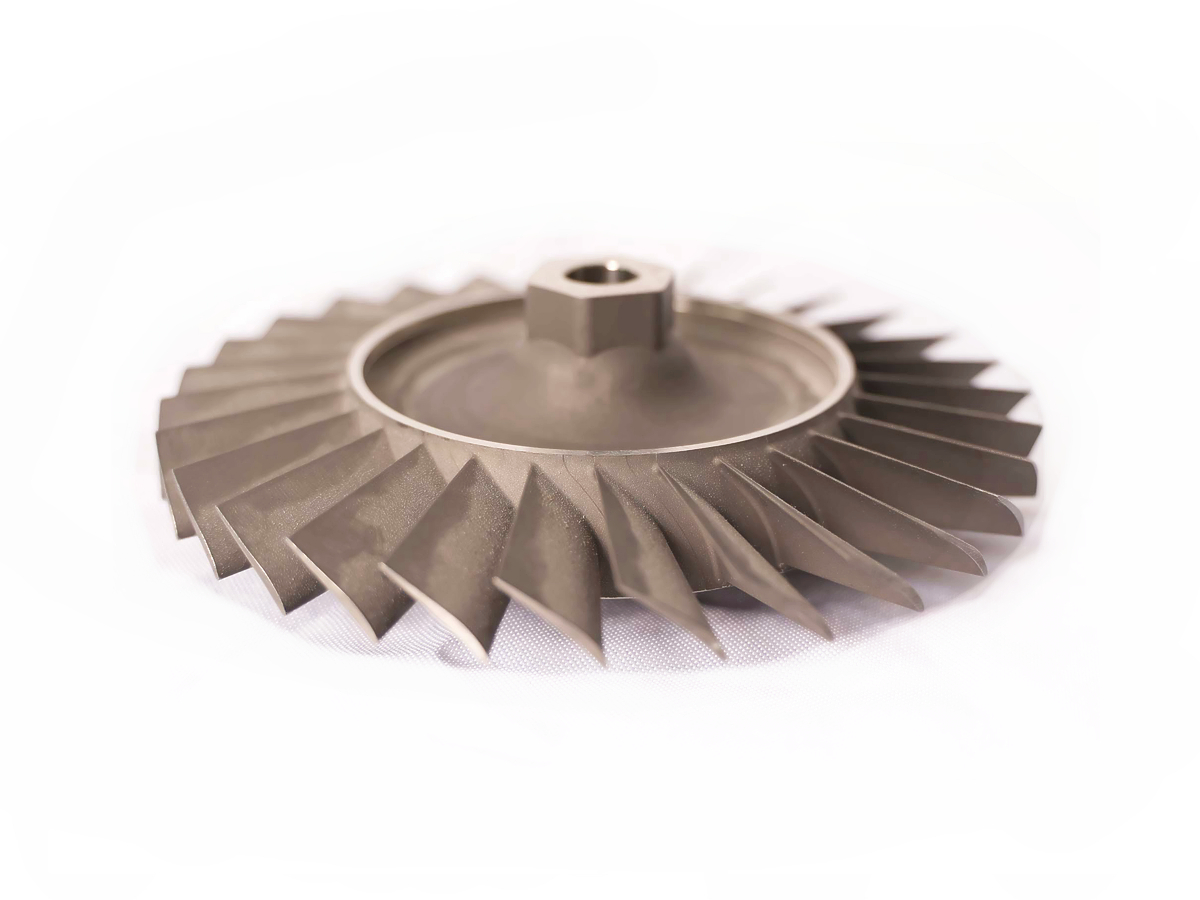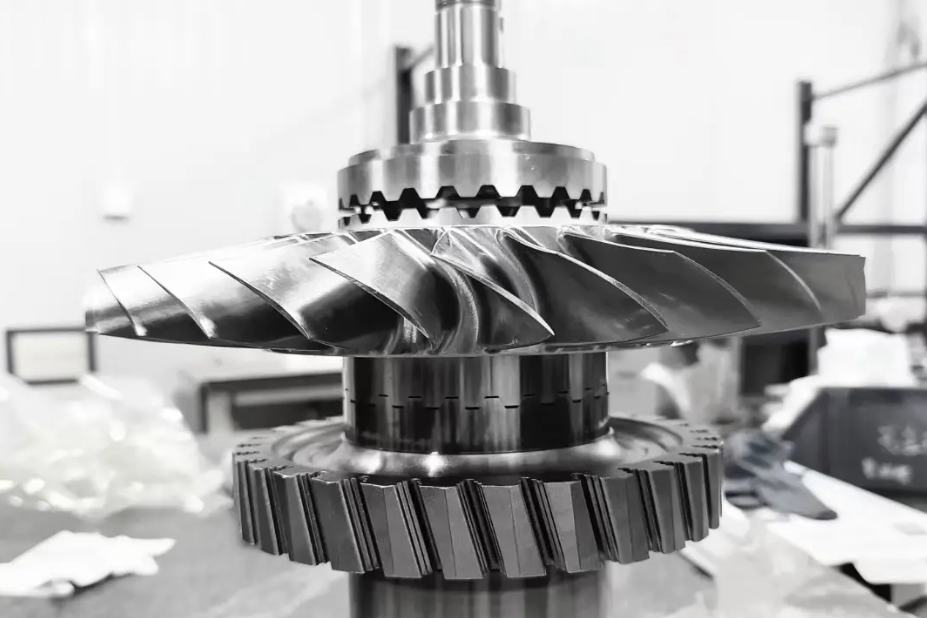How much can a well-designed TBC reduce metal temperature in turbines?
From a thermal engineering and materials science perspective, a well-designed Thermal Barrier Coating (TBC) is a critical enabling technology for modern gas turbines, allowing them to operate at temperatures far beyond the melting point of the underlying superalloy components. The temperature reduction achieved is not a single value but a system-dependent outcome, heavily influenced by the TBC's properties, the cooling scheme, and the operating environment.
Typical Metal Temperature Reduction
A robust, well-engineered TBC system can typically reduce the temperature of the underlying superalloy substrate by 150°C to 250°C (270°F to 450°F). In advanced, optimally designed systems with internal component cooling, this reduction can reach 300°C (540°F) or more.
Baseline Performance: For many industrial and aerospace turbine blades and vanes, a reduction of ~200°C is a common design target. This directly translates to a significant increase in engine efficiency (through higher inlet temperatures) and a dramatic extension of component lifetime by reducing creep and thermal fatigue.
Mechanism: The TBC itself does not "absorb" heat. It acts as a thermal insulator, creating a steep temperature gradient across its thickness due to the very low intrinsic thermal conductivity of the ceramic top coat, which is typically Yttria-Stabilized Zirconia (YSZ).
Key Factors Influencing TBC Performance
The actual temperature drop (ΔT) is governed by the formula derived from Fourier's law of heat conduction: ΔT = (Q * t) / k, where:
Q is the heat flux.
t is the coating thickness.
k is the coating's thermal conductivity.
This reveals the primary levers for TBC design:
Coating Thickness: Doubling the thickness theoretically doubles the temperature drop. However, practical limits are imposed by stresses, weight, and the risk of spallation. Thickness is typically limited to 100-400 μm.
Thermal Conductivity (k): This is the most critical material property. Standard YSZ has a conductivity of ~2.3 W/m·K (bulk). Advanced processing techniques like EB-PVD can create a porous, columnar microstructure that can lower the effective conductivity to ~1.5 W/m·K, enhancing insulating performance. Newer materials like Gadolinium Zirconate (GZ) offer even lower intrinsic conductivity.
System Design - Bond Coat and TGO: The performance is not just from the top coat. The entire system—including the superalloy substrate (e.g., Inconel 718), the oxidation-resistant bond coat (e.g., MCrAlY), and the Thermally Grown Oxide (TGO—primarily Al₂O₃)—works in concert. A stable, slow-growing TGO is essential for the long-term adhesion of the TBC.
Synergy with Internal Cooling: The TBC's effectiveness is magnified when combined with internal cooling channels. The coating reduces the heat flux into the part, allowing the internal cooling air to more effectively extract heat, resulting in a lower overall metal temperature than either technology could achieve alone.
Engineering Considerations and Limitations
Durability and Spallation: The primary failure mode is spallation driven by thermal expansion mismatch stresses and TGO growth. The maximum usable thickness is often limited by these interfacial stresses, not by insulation potential.
Manufacturing and Repair: Applying TBCs via Air Plasma Spray (APS) or Electron Beam Physical Vapor Deposition (EB-PVD) is a specialized process. The quality of the base component's machining and surface preparation is critical for adhesion. Repairability is a key economic factor in turbine maintenance.
Application-Specific Design: The "ideal" TBC system differs between a power generation turbine (long-term stability) and an aerospace engine (thermo-mechanical fatigue resistance). The design must be validated through rigorous thermal cycling tests.



